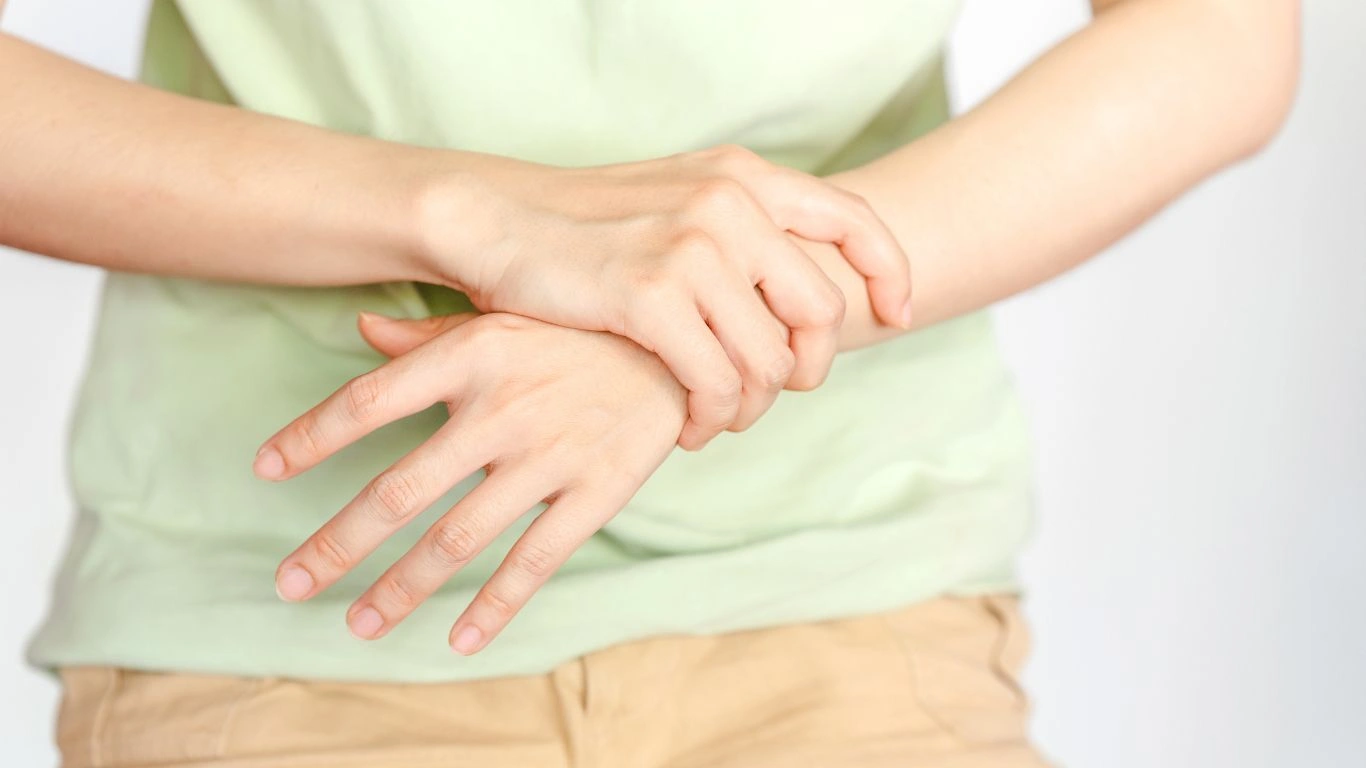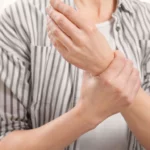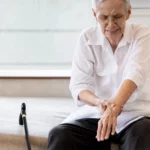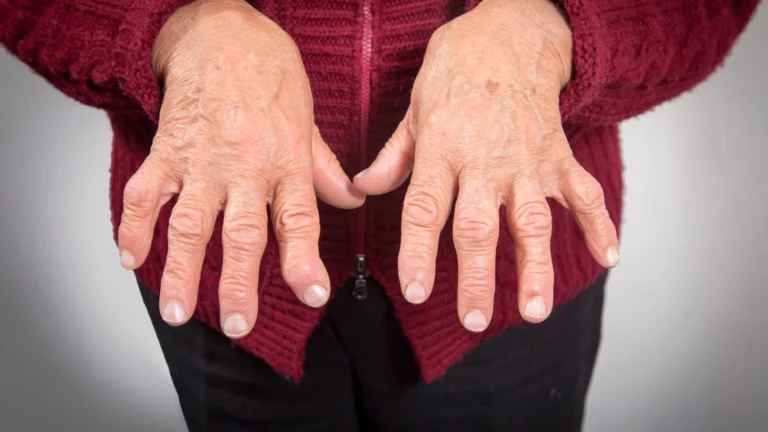Exercise Tips for Rheumatoid Arthritis in the Knees – A Friendly Guide
Living with rheumatoid arthritis in the knees can be tough, but exercise doesn’t have to be off the table! If you’re dealing with knee pain due to RA, you can still find exercises that help improve mobility, reduce stiffness, and strengthen the muscles around the knee.
Why Exercise is Key for Knee RA
Rheumatoid arthritis causes inflammation in your joints, especially in the knees, leading to pain, swelling, and stiffness. But here’s the thing: regular exercise can actually help reduce those symptoms. It sounds counterintuitive, but staying active helps maintain joint function, prevent muscle weakness, and improve overall mobility. Think of it like this: your muscles need to stay strong to support your knees and keep the pain in check. Plus, moving can help keep your joints limber, which can reduce the stiffness that comes with RA.
Best Types of Exercises for Rheumatoid Arthritis in the Knees
Alright, now let’s dive into the exercises you can actually do without making things worse. These exercises focus on building strength around your knee, improving flexibility, and reducing pain.

1. Gentle Range-of-Motion Exercises
Starting with range-of-motion exercises is a great way to gently stretch your knees without overexerting yourself. These moves help keep your knees flexible and can reduce the stiffness that comes with RA.
- Knee Bends: Sit in a chair, slowly bend your knee as much as you can, and hold for a few seconds. Straighten your knee back out and repeat.
- Heel Slides: While lying on your back, slide your heel toward your bottom and then back out. This is a great way to keep your knee moving without strain.
2. Low-Impact Cardio
Low-impact exercises are amazing for people with knee RA because they get your heart pumping without putting too much stress on your knees.
- Swimming or Water Aerobics: Water provides buoyancy, so it reduces the pressure on your knees while still giving you a full-body workout.
- Cycling: If you have access to a stationary bike, cycling is an excellent way to get your heart rate up without causing knee pain.
- Walking: Keeping a steady, gentle pace while walking can be great for joint health. Just make sure you’re not overdoing it!
3. Strengthening Exercises for the Muscles Around the Knee
The muscles around your knee help support it, so strengthening them is key to managing RA. Stronger muscles around the knee can take some of the strain off the joint itself, reducing pain and inflammation.
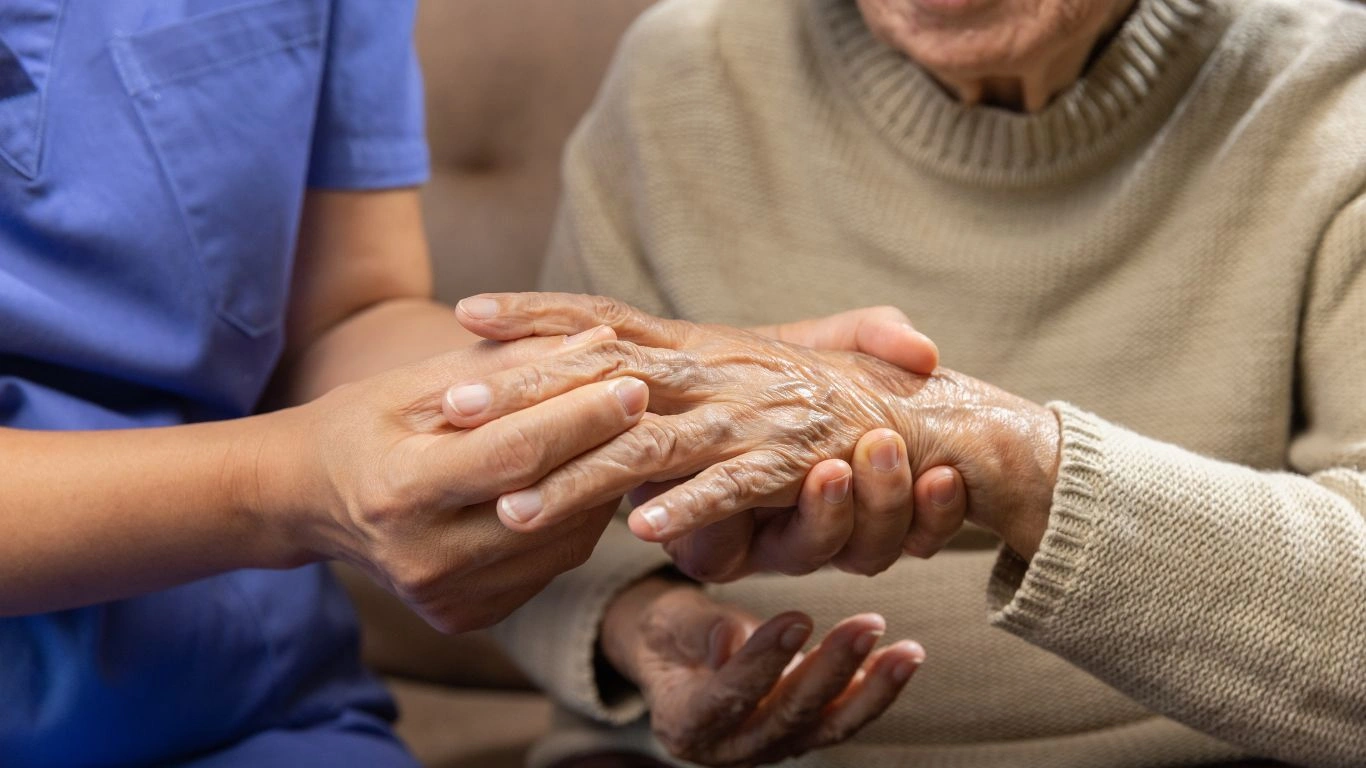
- Quad Sets: Sit on the floor with your leg straight. Tighten the muscles at the top of your thigh, hold for a few seconds, and release. This helps strengthen your quads without putting too much pressure on your knees.
- Straight Leg Raises: Lying on your back, extend one leg straight out while keeping the other bent. Lift the straight leg up to about 45 degrees, hold for a few seconds, and lower it down.
- Hamstring Curls: Stand behind a chair for support, then bend one knee as much as possible, bringing your heel toward your bottom. Hold and slowly lower it back down.
4. Stretching for Flexibility
Stretching helps maintain flexibility in your muscles and joints. Regular stretching can also relieve tension in the knees, which is often a common issue with RA.
- Calf Stretches: Stand facing a wall with one leg forward and the other behind you. Keep your back leg straight and bend your front knee to stretch your calf muscle.
- Hamstring Stretches: While seated, extend one leg straight out, keeping the other leg bent. Reach for your toes on the extended leg to feel the stretch in your hamstring.

Things to Keep in Mind When Exercising with RA
It’s crucial to exercise in a way that doesn’t flare up your RA. Here are a few tips to help you stay on track:
- Start Slow: Don’t go too hard too fast. Start with 5-10 minutes a day and gradually increase your activity level as your body adjusts.
- Listen to Your Body: If something hurts, stop doing it. Pain is your body’s way of saying, “Hey, this isn’t right!” Don’t push through the pain; it’s better to ease up and try again later.
- Use Supportive Footwear: Proper shoes can make a huge difference. Look for shoes with cushioning and good arch support to reduce pressure on your knees.
- Warm Up and Cool Down: Always warm up before exercise and cool down afterward to reduce the risk of injury.
Conclusion
Exercise is a powerful tool for managing rheumatoid arthritis in the knees. By incorporating gentle stretches, low-impact cardio, and strength-building exercises into your routine, you can improve knee mobility, reduce pain, and prevent further damage. Remember to listen to your body and start slow, and don’t hesitate to consult with your doctor or physical therapist before starting any new exercise routine. With the right approach, you’ll be able to stay active and keep your knees feeling good for years to come!
Appendices
References
- American College of Rheumatology. (2024). “Exercise and Rheumatoid Arthritis.” rheumatology.org
- Healthline. (2023). “Safe Exercises for Arthritis in the Knees.” healthline.com
- Arthritis Foundation. (2023). “Stretching and Strengthening for Arthritis.” arthritis.org
FAQs
- Is it safe to exercise with rheumatoid arthritis in the knees? Yes, with proper precautions and low-impact activities, exercise is safe and can help reduce symptoms.
- What are the best exercises for knee RA? Range-of-motion exercises, strengthening moves like quad sets, and low-impact cardio such as swimming are excellent options.
- How often should I exercise if I have knee RA? Aim for gentle movement daily and more structured exercise 2-3 times a week, depending on your comfort level.
- Can exercise worsen my RA symptoms? Overexertion or high-impact activities can cause flares. Always listen to your body and consult a professional.
- Should I consult a doctor before exercising? Yes, especially if you’re new to exercise or experiencing severe symptoms. A physical therapist can also tailor exercises to your needs.
Disclaimer: The information in this article is for educational purposes only. Always consult a medical professional before starting any new exercise routine, especially if you have a condition like rheumatoid arthritis.
